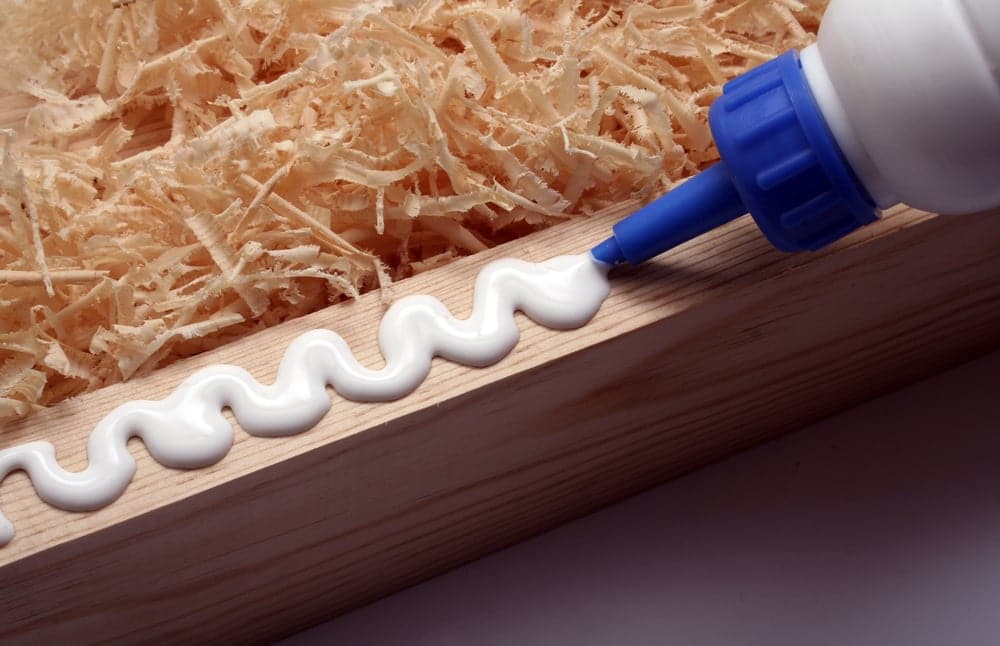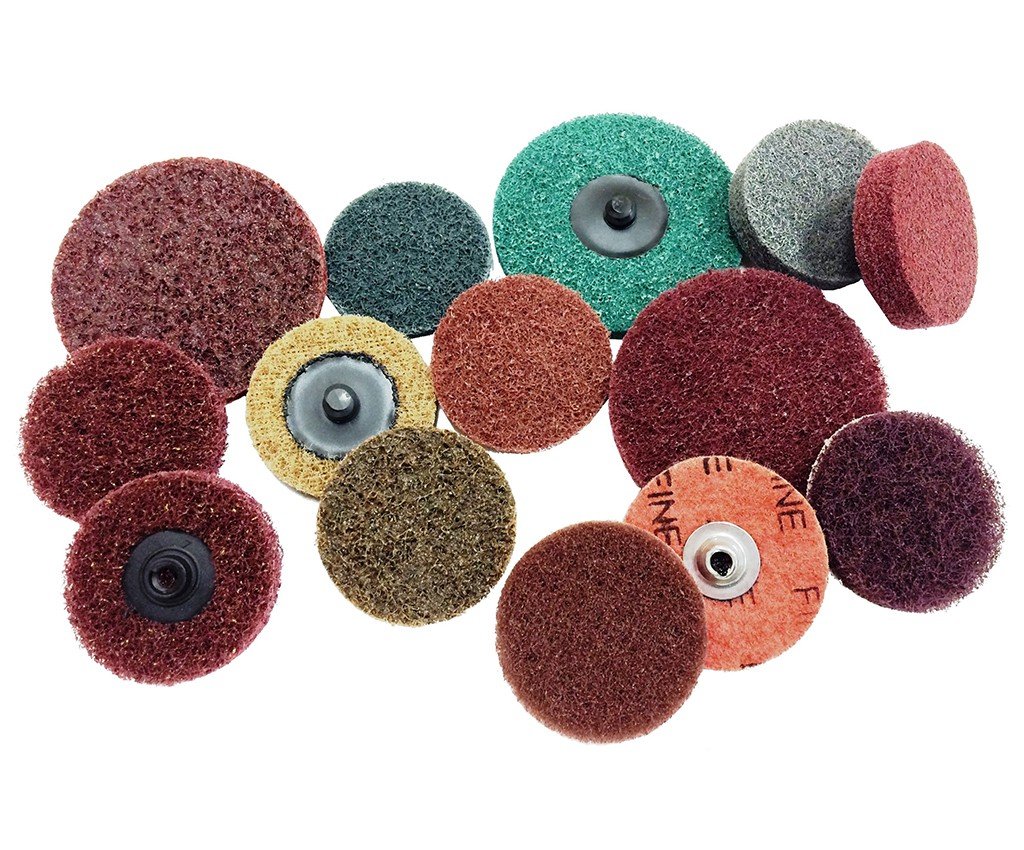Topic Content:
- Non-Wood Materials In WoodWork Projects
Non-wood materials used in woodwork include the following:
- Adhesive (gum and glue).
- Abrasive (sandpaper).
- Hinges and locks.
- Nails, screws, and fittings.
1. Adhesive:
These are substances that can bond wooden, leather, and other non-wood materials together. There are three groups of adhesives as shown below.

a. Protein Adhesives: These are natural adhesives derived from various protein sources. They include scotch glue (animal glue), casein glue made from milk, and blood albumen glue (animal blood).
b. Synthetic Adhesives: These are adhesives made from organic compounds. They include thermoplastic glue (adhesives that can melt under heat) and thermoset glues (glues that cannot melt under heat).
c. Contact Adhesives: These are the type of adhesives used for dissimilar materials. Examples of dissimilar materials are wood and leather, paper and leather, or plastic and metal. The types of adhesives in this group include Evo-Stik, Bostick, super-glue, Araldite, etc.
2. Abrasives:
These are papers, cloths, and fibres that are coated with hard minerals like sand, that are used to smoothen the surface of other materials like rough surfaces of wood, rusted metals, etc. They are grouped as either coarse (rough) type, medium, and fine (smooth) type.
Sanding is mechanical surface treatment with abrasives.

3. Hinges:
You are viewing an excerpt of this Topic. Subscribe Now to get Full Access to ALL this Subject's Topics and Quizzes for this Term!
Click on the button "Subscribe Now" below for Full Access!
Subscribe Now
Note: If you have Already Subscribed and you are seeing this message, it means you are logged out. Please Log In using the Login Button Below to Carry on Studying!



This is a very good topic
We need to evaluate the comparison between wood and non wood material